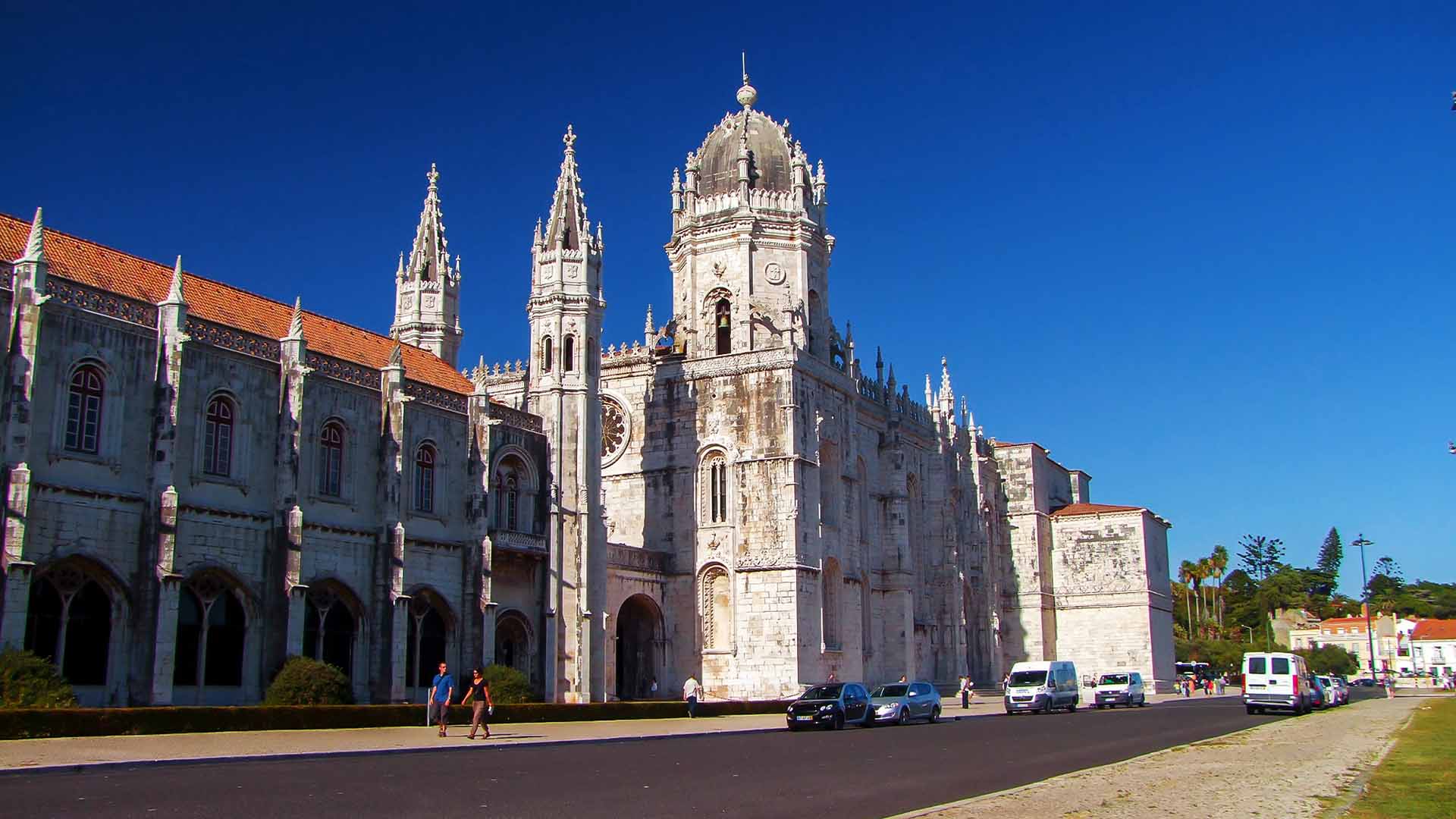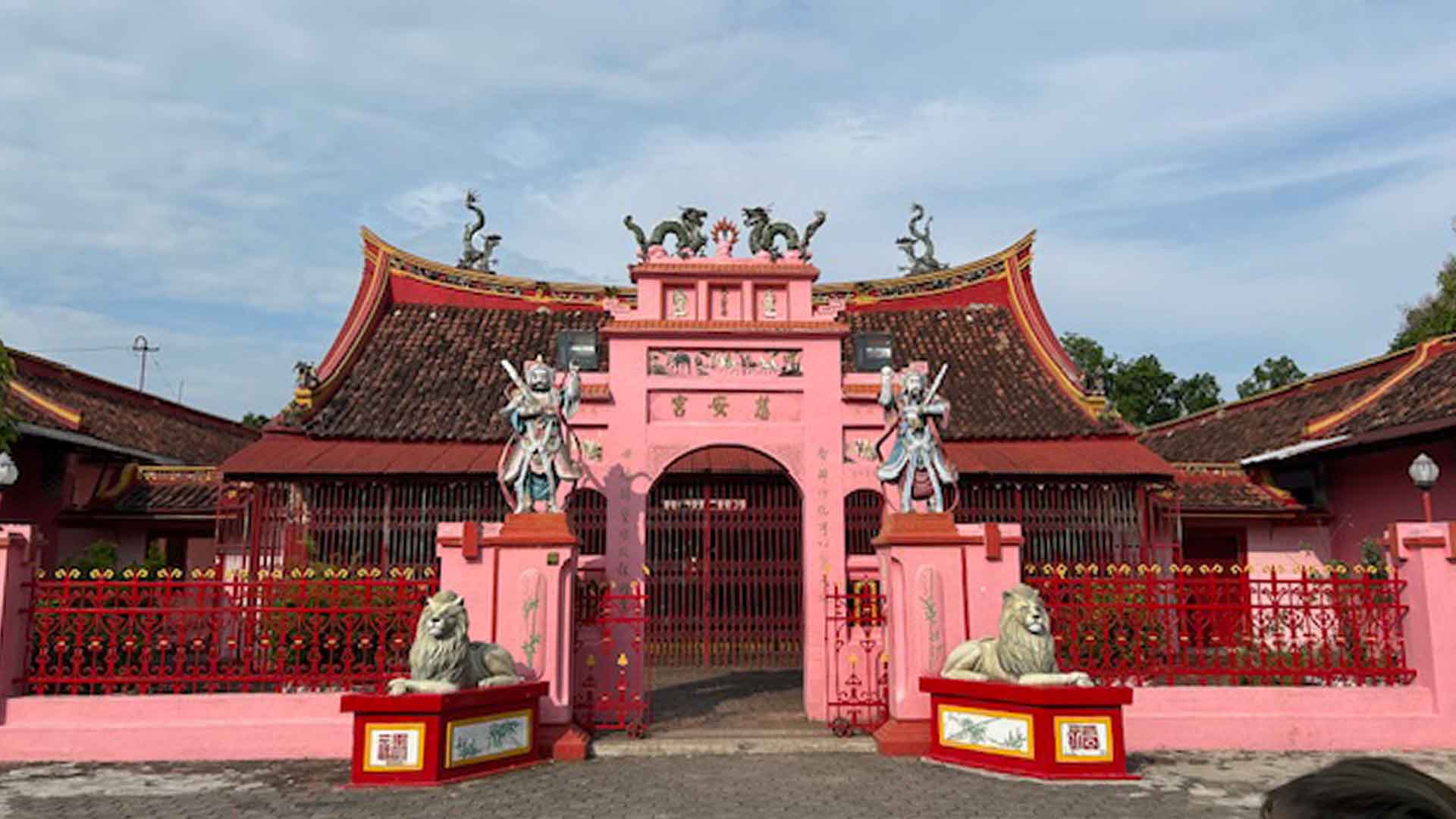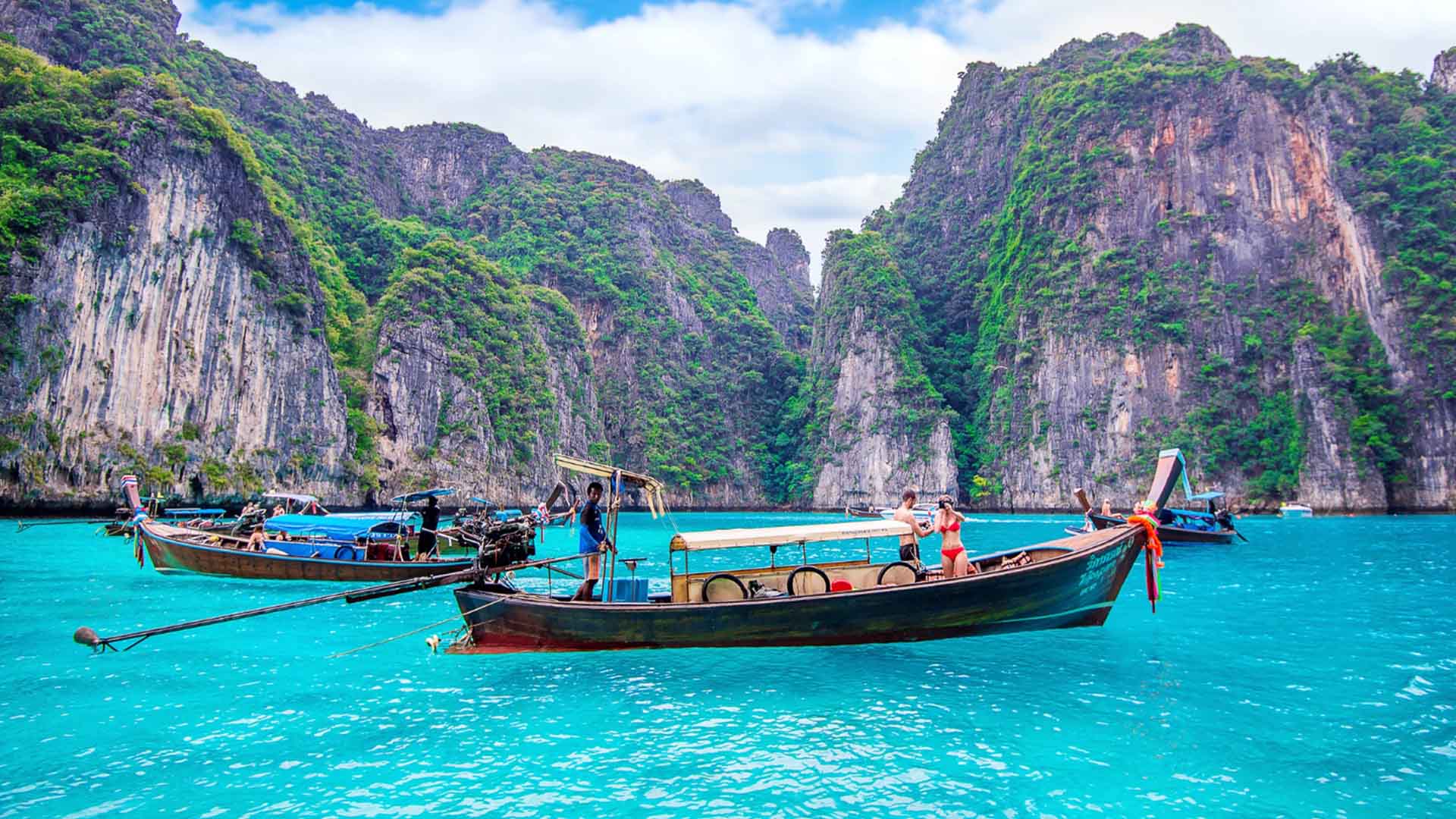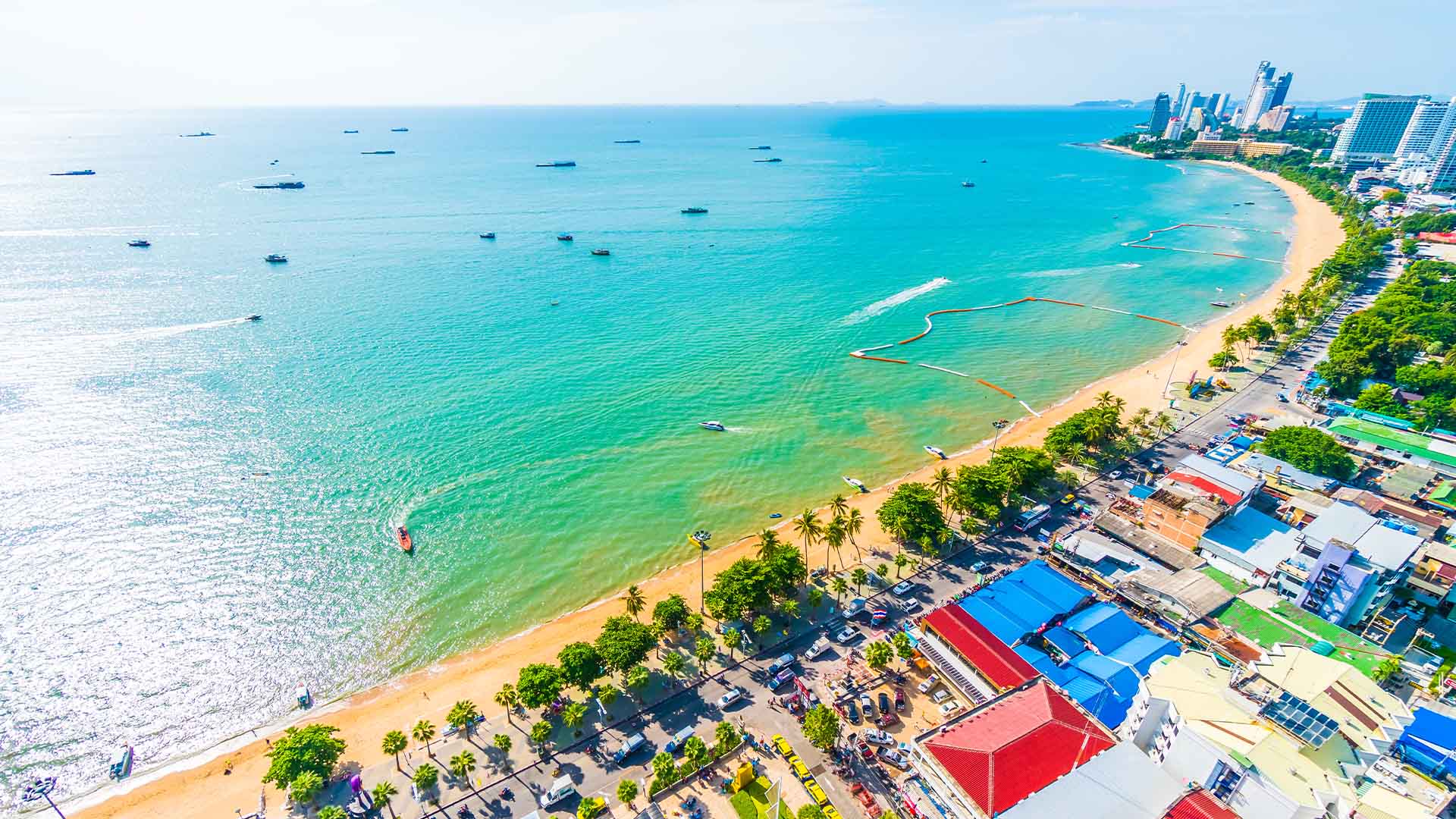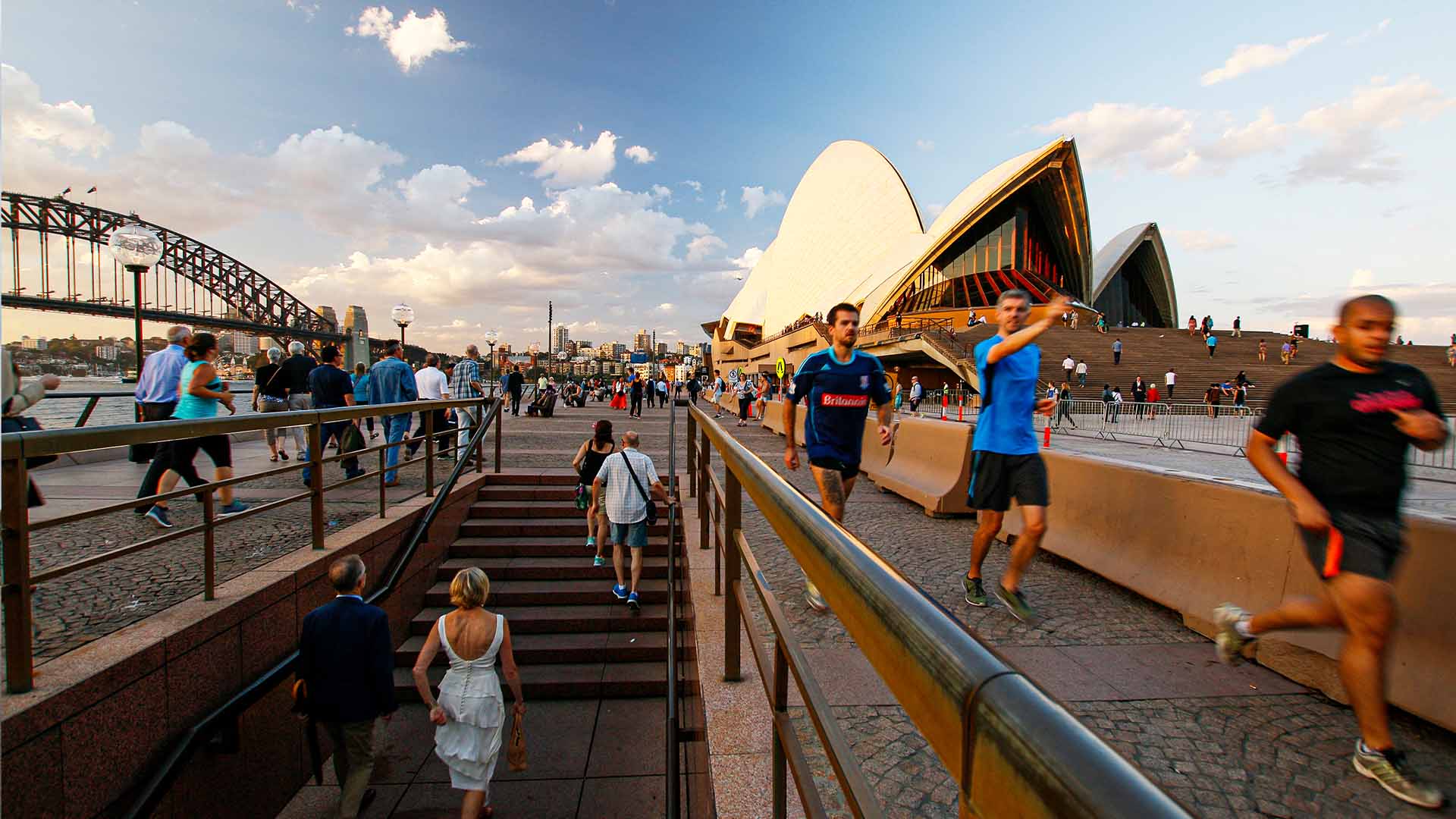Recognized for its crucial role in the development of modern history, it even once reigned supreme as a global power. Due to its dominance during the Age of Discovery, it was nicknamed the “Light of Europe.” Today, people are captivated by its reputation as a cosmopolitan city with the lowest cost of living in Europe.
Text & Photos: Valentino Luis
Besides serving as the capital of Portugal, Lisbon is also a tourism barometer for the homeland of footballer Cristiano Ronaldo. Its urban area is 958 km², or 5.7 times larger than Bandung. Its administrative center alone covers 84.8 km² and is filled with countless monuments, squares, parks, museums, and dozens of stunning architectural landmarks. Every visitor can freely explore iconic spots on a leisurely walk. Yes, it is indeed pedestrian-friendly.
Locally pronounced Lisboa, while in some other countries it is called Lissabon. The city is located on the banks of the Tagus River, which flows into the Atlantic Ocean. It’s no wonder that in the past, Lisbon triumphed in conquering the world with its fleets. Sailing down the Tagus River and observing Lisbon from the water will bring back memories of the history of world exploration. A variety of trips are available from numerous providers for this activity. You should try a sunset trip, a dinner on the boat, or a trip across the river.
Although Lisbon’s terrain is hilly and has little flat land, this doesn’t mean transportation is difficult. The city is equipped with a variety of public transportation options, including buses, the Metro, trains, ferries, trams, and funiculars. Trams and funiculars may not be as efficient as others due to their slower speeds, but they are certainly the most enjoyable way to enjoy city sightseeing. The hilly terrain offers a variety of views from hill to hill.
Historically, Lisbon was built by the Venetians and then conquered by the Romans, so it’s natural to find traces of Roman heritage, including gardens and praças (squares). This makes its appearance similar to Rome, the center of Roman civilization, topographically, both are surrounded by seven hills. That’s why Lisbon is nicknamed “The City of Seven Hills,” A Cidade das Sete Colinas. But in terms of age, few people know that it is much older than Rome. Lisbon, along with Athens, is recorded as the two oldest metropolitan areas in the White Continent.
THE HEART OF LISBON
Upon leaving Aeroporto da Portela international airport, a vehicle will take you to the center of Lisbon. The view from the airport to the city center is dominated by residential and shopping areas, making it feel like driving through Jakarta. Once you reach Praça do Marquez de Pombal, Lisbon’s tourist center becomes apparent. Around this praça (square) are numerous mid-range accommodations. This location is suitable for those who value peace, as despite being in the city center, the area is relatively green and not too busy. This praça is at the head of the Avenida da Liberdade boulevard. This 1.6-kilometer-long boulevard, with its spacious, shady pedestrian walkway, a twin of Paris’s Champs Elysées, is lined with galleries and expensive boutiques of famous brands, making it one of the most expensive boulevards in the world.
The end of the boulevard is Praça dos Restauradores, a square built to commemorate Portugal’s restoration of freedom from 60 years of Spanish rule (1580-1640). Marked by an obelisk, this area is surrounded by several beautiful buildings, such as the Orion Eden, which was originally a theater before being converted into a hotel. Its beautiful architecture, with transparent glass, allows you to see through the lush trees planted in the center of the building, creating a miniature forest. At night, the view is even more beautiful with the play of lights.
Right next to Orion Eden stands the pink palace, the Palácio Foz. Originally called the Palácio Castelo Melhor, the Avenida da Liberdade boulevard was actually the palace’s front courtyard, which in the 18th century was a long flower garden. The interior of the Palácio Foz is truly brilliant.
Afterwards, to lift your spirits, head to the Bairro Alto section of the city. It’s located along the hillside. While it’s not particularly steep and a short walk, you might be interested in trying a unique option: a ride on the vintage cable car, the Elevador da Gloria. Located right in the alley next to the Palácio Foz, its flat, yellow-and-white carriages can accommodate 20 people. It’s one of Lisbon’s many vintage trams and is a national cultural heritage site, having been in existence since 1885.
Upon reaching the top, you’ll immediately encounter the Miradouro de São Pedro de Alcántara, a vast terraced garden offering unobstructed views of Lisbon. Ahead is a clear view of the hill, adorned with St. George’s Castle. George or in the local language called Castelo de São Jorge, visual Modern houses amidst old houses, the Tagus River, and many other Lisbon landmarks.
A few meters beside the Miradouro de São Pedro de Alcántara, lies the Convento do Carmo, a former monastery for Catholic monks. Instead of a lavish interior, this building is merely a skeleton. But what’s remarkable are its curved pillars, still connected like the bones of a bridge. Walking beneath its framework feels like immersing yourself in a mystical and bittersweet past. The Convento do Carmo is a testament to the devastating Lisbon earthquake two centuries ago and is now protected as a museum.
THE PULSE OF THE BAIXA
Satisfied with the views from the hillside, it’s time to descend back down into the city, heading towards the Baixa. This was the ancient commercial center, a sort of downtown, the city’s early shopping district.
To help you get down from the hillside, you’ll find a unique facility called the Elevador de Santa Justa, right next to the Convento do Carmo. Over a century old, this creamy Gothic steel elevator was designed by Raul Mesnier de Ponsard, Gustave Eiffel’s favorite pupil. Unlike the Eiffel Tower, the Santa Justa Elevator was built in 1900 to facilitate transportation between the lower and upper parts of Lisbon. When it first opened, 3,000 people lined up with tickets to board the elevator. It only cost 2.80 euros to experience the thrill of riding in this block-like structure, which holds National Monument status.
As you step into the Baixa, you’ll see rows of shops, fast food restaurants, and neo-classical souvenir stalls in narrow alleys. The Baixa area is square and has long been designed as a commercial center. To the east of these alleys, you’ll find two popular squares: Praça de Dom Pedro IV, or simply Rossio, and Praça da Figueira.
Rossio is known as the square of the aristocrats. The tall monument with its statue of Dom Pedro IV, the ruler of Brazil, the fountain, the Palácio dos Estaus, and the Hospital Real de Todos dos Santos are examples of structures that hint at this nation’s former glory. Legend has it that this was once a place of relaxation and rendezvous for ship captains, nobles, and important officials of the Portuguese kingdom. When they wanted to hold a public party, the event was held in the adjacent square, Praça da Figueira. Today, both are must-see hangouts for Lisboetas (Lisbon residents). From Rossio, you can again glimpse the Convento Carmo on the hill above, while from Praça da Figueira, your eyes will be captivated by the majestic St. George’s Castle. It’s worth noting that the castle once served as the reference point for the zero meridian on Earth’s time map before it switched to Greenwich, England.
THE LEGEND BEGAN HERE
Portugal is inextricably linked to the maritime world. The nation’s prowess stemmed from its close connection to the Atlantic Ocean, as if they saw the vast ocean not as a barrier to their movements but as a pathway to new lands of their dreams. Lisbon, as the nation’s center, became increasingly strategic, becoming the “instigator” of these dreams.
At the western end of Baixa lies another square, Praça do Comércio, emphasizing Baixa’s position as a center of commerce. This Praça, with its elegant Arco da Rua Augusta gate, faces the Tagus River and was originally part of the Paço da Ribeira palace, the residence of the royal family, but the palace was damaged by an earthquake. Like most praças, in the center stands a statue of the king. To the north stands Lisbon’s oldest café, Martinho Da Arcada. In the 18th and 19th centuries, it was a favorite spot for renowned Portuguese intellectuals, writers, and writers such as Fernando Pessoa, Eça de Queiroz, Almeida Garret, and Joao de Lemos.
Don’t feel familiar with the names of the people mentioned above? Don’t worry, there’s a location that will surely remind you of Portugal’s famous figures. If you’re still at Praça do Comércio, take tram or bus number 15, which usually stops behind the king’s statue, and then head north to Belém, the capital of Lisbon.
About 6 km away, you’ll be amazed to see a magnificent, towering hall. It’s called Mosteiro dos Jerónimos. This Catholic monks’ residence was built 500 years ago, and its church served as a place of prayer for Portuguese sailors returning from their voyages around the world. The building’s unique style earned it the name “Manueline.” When Spain invaded Portugal in 1517, the monastery was closed to the public and their signature “Plateresque” style was added. Not only are the pillars and ceilings breathtaking, but the corridors behind the monastery are also extraordinarily richly carved. What makes it even more special is that apart from the church being the burial place of the royal family, the body of Portugal’s proud sailor, Vasc, is also buried here.

